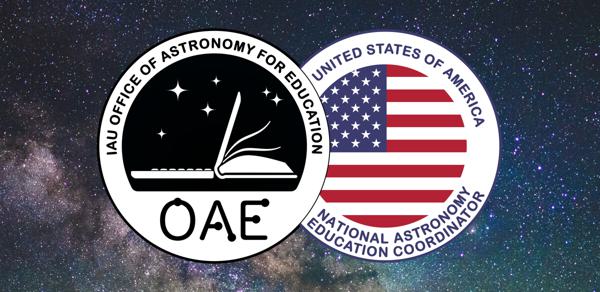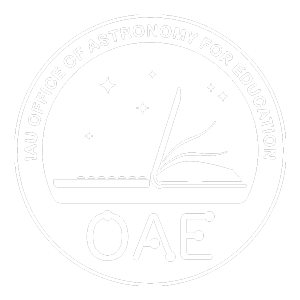Glossary term: 原子核
Description: 我們周圍見到的所有物質都由原子組成,而每個原子又都由電子和原子核組成。原子核體積很小、位於原子中心,核外電子圍繞在原子核周圍。原子核由帶正電荷的質子和不帶電荷的中子組成。雖然質子因其電荷而相互排斥,但有一種更強大的力,稱為強核力或簡稱強力,將原子核固定在一起。由具有相同質子數的原子核組成的原子,屬於同一化學元素。
原子核非常微小,尺度只有原子的十萬分之一,因此從某種意義上說,原子的大部分都是空的!原子核通常占原子總質量的 99.9% 以上。如此微小的質量使得原子核的密度非常高,典型密度為十億億千克每立方米。
原子核在天體物理學的不同領域都很重要。在恆星內部,當較輕的原子核(從氫開始,其原子核是一個質子)發生聚變,逐漸形成較重的原子核時,能量就會釋放出來——這就是恆星源源不斷發光的原因。恆星內部核聚變可以形成的重原子核到鐵為止,而超新星爆發和某些冷恆星的內部可以形成更重的原子核。宇宙大爆炸後不久,在短暫的“大爆炸核合成”階段,氫原子核聚變成氦元素以及痕量的其他元素。中子星作為大質量恆星在超新星爆發後的殘骸,主要由中子堆積而成,密度與原子核相似。某些類型的原子核在被剝離電子後,作為恆星風的一部分被恆星釋放出來,或者作為宇宙射線在太空深處傳播。
Related Terms:
See this term in other languages
Term and definition status: The original definition of this term in English have been approved by a research astronomer and a teacher The translation of this term and its definition is still awaiting approval
This is an automated transliteration of the simplified Chinese translation of this term
The OAE Multilingual Glossary is a project of the IAU Office of Astronomy for Education (OAE) in collaboration with the IAU Office of Astronomy Outreach (OAO). The terms and definitions were chosen, written and reviewed by a collective effort from the OAE, the OAE Centers and Nodes, the OAE National Astronomy Education Coordinators (NAECs) and other volunteers. You can find a full list of credits here. All glossary terms and their definitions are released under a Creative Commons CC BY-4.0 license and should be credited to "IAU OAE".
If you notice a factual or translation error in this glossary term or definition then please get in touch.








